Monte Suraksan (수락산)
15.7Km 2025-04-17
San 1-1, Sanggye-dong, Nowon-gu, Seúl.
El monte Suraksan cuenta con una belleza única a lo largo de todo el año. Posee grupos de picos que se asemejan a los famosos montes Seoraksan y Wolchulsan, junto con un número de valles, templos y otros tesoros. Se cuentan las cascadas Geunnyu, Eunnyu y Ongnyu, y los templos Heungguksa (de los tiempos del reino de Silla) y Seongnimsa (de la dinastía Joseon), así como el pabellón Gwesanjeong. Una de las rutas más populares de la montaña es la que sale de la Estación de Buramsan de la línea 4 del metro y pasa por los templos Hangnimsa y Yongguram. En primavera, el risco entre los montes Suraksan y Buramsan se llena de azaleas. Este monte está en el límite norte de la jurisdicción de la ciudad de Seúl, cerca de las ciudades de Uijeongbu y Namyangju.
Estación de Iryeong (일영역)
16.1Km 2024-10-10
Samsang-ri 327, Jangheung-myeon, Yangju-si, Gyeonggi-do
La Estación de Iryeong cerró sus operaciones como estación ferroviaria de pasajeros en Yangju, provincia de Gyeonggi-do, en 2004; pero continúa operando como estación de carga. Ha aparecido en numerosas películas, series y comerciales gracias a la belleza de su entorno natural y su proximidad a Seúl.
Jardín Botánico de Bucheon (부천식물원)
16.3Km 2025-06-24
Gilju-ro 660, Wonmi-gu, Bucheon-si, Gyeonggi-do
Centro de Arte de Goyang Oulim Nuri (고양어울림누리)
16.4Km 2021-03-15
Eoullim-ro 33, Deogyang-gu, Goyang-si, Gyeonggi-do.
+82-1577-7766
El Centro de Arte de Goyang
Oulim Nuri es un complejo cultural y artístico que reúne todas las
instalaciones de entretenimiento y deportivo en un solo lugar, escenarios de
espectáculo de todas las dimensiones con las últimas instalaciones
tecnológicas, centro para las actividades culturales, museo de arte, estadio
deportivo, gimnasio, pista de patinaje sobre hielo, piscina de natación, etc.,
entre otros lugares que llevan un nombre tradicional en coreano. En particular,
la ciudad de Goyang presenta una condición natural óptima, en donde de noche el
cielo se cubre de estrellas y el ambiente tiene un aire puro y limpio.
Parque Ecológico del Monte Gwanaksan (관악산 생태공원)
16.6Km 2021-02-02
Seoksu-dong, Gwanak-gu, Seúl
+82-2-879-6561
Abierto en diciembre de 2007, el Parque Ecológico del Monte Gwanaksan está dividido en dos secciones: el bosque ecológico y el estanque ecológico. También hay un arboreto que proporciona un espacio para experimentar un ambiente natural y relajante.
Aeropuerto Internacional de Gimpo (김포국제공항)
16.6Km 2021-04-12
Nambusunhwan-ro 9-gil 13-12, Gangseo-gu, Seúl.
Situado en el distrito Gangseo-gu de Seúl, el Aeropuerto Internacional de Gimpo fue desde 1939 una pista de despegue y aterrizaje del ejército japonés. Después fue utilizada por la Fuerza Aérea de EE.UU. y desde 1954 también lo hizo el Ejército de la República de Corea. En el año 1958, fue bautizado como Aeropuerto Internacional de Gimpo por orden presidencial. En 1971, comenzó a tener el aspecto formal de un aeropuerto. Y actualmente, además de cumplir sus funciones en el transporte aéreo, está funcionando como centro multicultural ideal para realizar diferentes actividades deportivas y comerciales.
Tour de Obras de Arte de APAP (APAP 작품투어)
16.8Km 2025-03-14
Yesulgongwon-ro 180, Manan-gu, Anyang-si, Gyeonggi-do
031-687-0548
Parque Artístico de Anyang (안양예술공원)
17.0Km 2023-05-22
Yesulgongwon-ro 131, Manan-gu, Anyang-si, Gyeonggi-do
El Parque Artístico de Anyang fue anteriormente el Parque de Atracciones Anyang. El parque está construido alrededor de una piscina que usa agua procedente de los valles de los montes Gwanaksan y Samseongsan. El parque está completamente equipado con una gran variedad de instalaciones recreativas como una cascada artificial, un escenario al aire libre, salas de exposiciones, una plaza, caminos para pasear y una buena instalación de iluminación. Con aguas cristalinas que fluyen a través del cercano valle y un bosque frondoso rodeándolo, el parque es un lugar de descanso de fácil acceso, cerca de la zona metropolitana de Seúl.
Museo Chunghyeon (충현박물관)
17.2Km 2021-07-14
Ori-ro 347-beongil 5-6, Gwangmyeong-si, Gyeonggi-do.
Es un museo que se dedica a preservar el legado de la cultura relacionada con los académicos confucianos de la dinastía Joseon. El establecimiento del museo pertenece a la casa del maestro Lee Won-ik, una figura clave de la cultura de los eruditos, quien también ejerció un alto cargo del gobierno durante la época Joseon. El museo expone una variedad de reliquias y patrimonios vinculadas a los académicos confucianos.
Templo Cheonggyesa en Gyeonggi-do (청계사(경기))
17.4Km 2021-11-29
Cheonggye-ro 475, Uiwang-si, Gyeonggi-do.
A poca distancia del lago Baegun, existía un templo famoso por la flor mítica del budismo, la “udumbara”. Siendo una especie rara de flor, suelen presentarse en las áreas de la estatua de Buda, pero resulta, que esta flor había aparecido en el templo Cheonggyesa del monte Cheonggyesan. El templo fue fundado durante el período de Silla y fue restaurado al 10º año de reinado de Chungnyeol (1284), y posee una gran cantidad de patrimonios y reliquias históricas pertenecientes al budismo. Entre los valiosos tesoros que posee el templo, lo más destacable es la campana de cobre y la plancha de madera. La campana de cobre fue construída a los 27 años de reinado de Sukjong (1701), con representaciones de dos enormes dragones, la imagen del Buda que sostiene una flor de loto, entre otras figuras tradicionales del budismo. La plancha de madera fue designada Patrimonio Cultural de Gyeonggi-do, y hoy en día se conservan 466 planchas de 18 tomos. Además de las mencionadas, también sostiene textos budistas, y otros valiosos registros de la antigüedad.

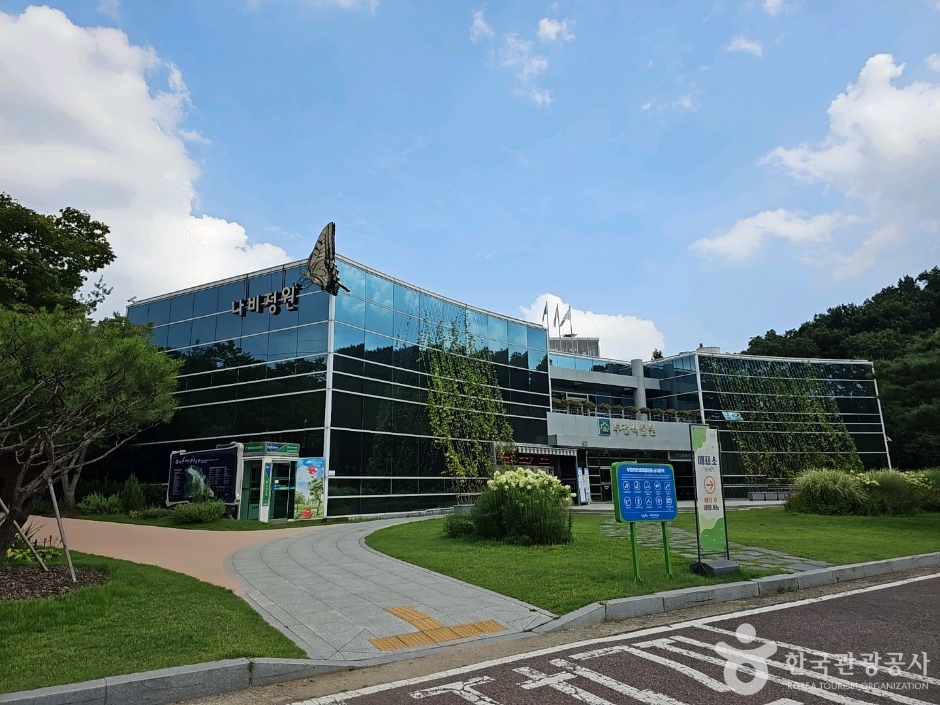
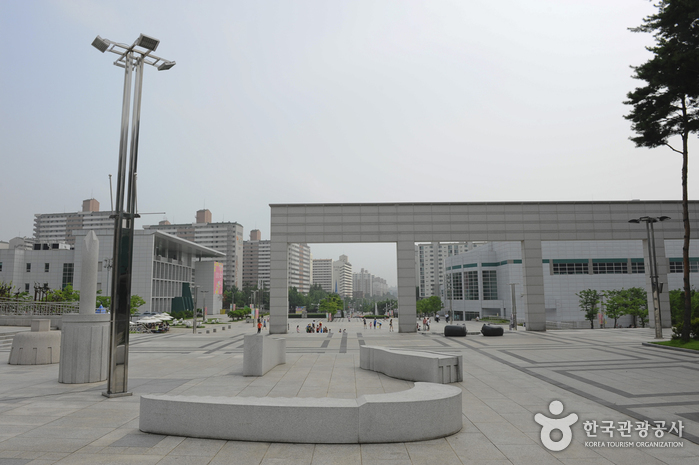
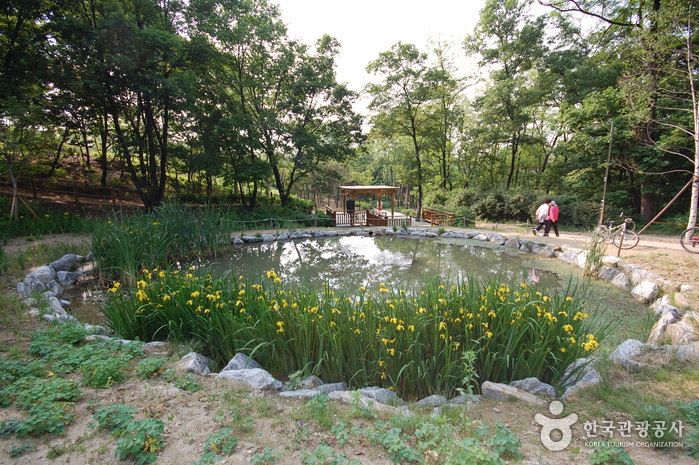
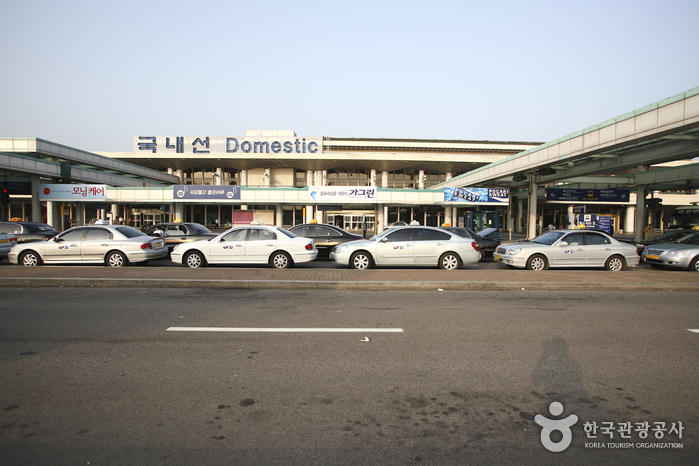
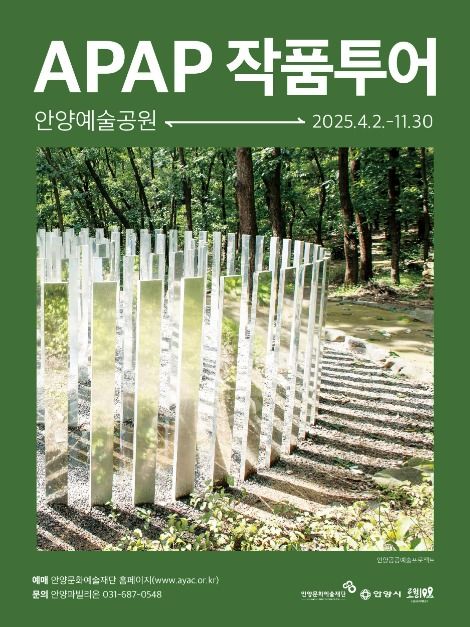
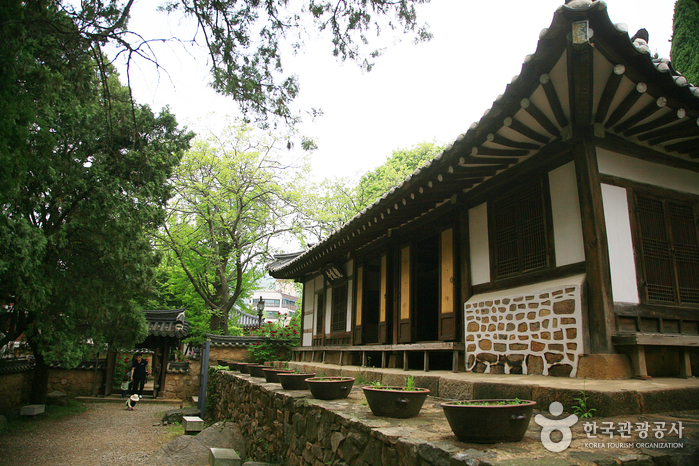
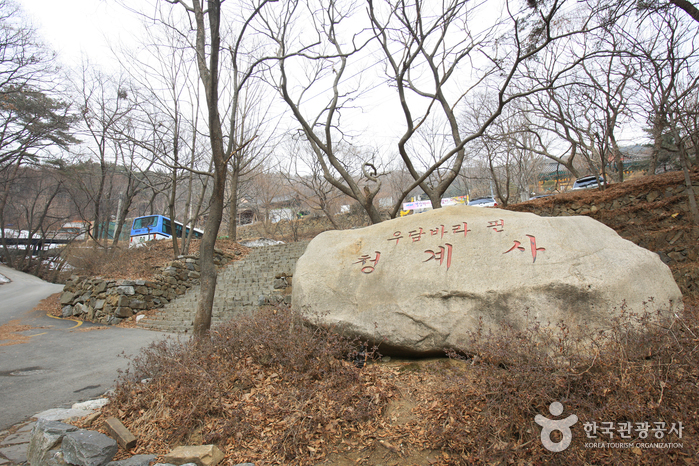
 Español
Español
 한국어
한국어 English
English 日本語
日本語 中文(简体)
中文(简体) Deutsch
Deutsch Français
Français Русский
Русский